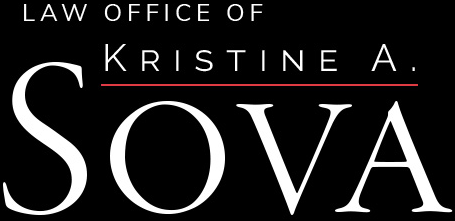Though there are many laws requiring employers to notify employees of certain workplace rights, there are actually no federal, New York State or New York City laws specifically requiring an employer to have an employee handbook. However, there are a number of reasons why creating and maintaining an employee handbook is a good idea and a best practice.
One good reason for a handbook is that a well-prepared handbook will answer many routine questions for employees. This saves management and HR time if employees know to look to the employee handbook for answers first.
Another good reason, particularly for young businesses without much HR experience, is that a well-prepared handbook will contain procedures that will provide a (hopefully legally-compliant) roadmap for how to address certain personnel issues (for example, a sexual harassment complaint, a request for reasonable accommodation, and so forth).
And yet another good reason is that a legally compliant and up-to-date employee handbook may provide legal protection if an employer’s policies, practices or personnel decisions are ever challenged in court.
This all sounds great, right? Unfortunately, the flip-side is that a poorly-worded, inconsistently implemented, and non-compliant handbook can actually create and invite employment litigation and may do more damage than good for an employer facing a lawsuit. With that in mind, be aware of three common mistakes businesses make when drafting their own employee handbooks:
- Using a “one-size-fits-all” template. Not all businesses are alike. Simply copying the contents of another company’s employee handbook (or purchasing a low-cost, generic version online) is unlikely to satisfy your company’s HR needs. Employee handbooks should be carefully and uniquely drafted to reflect the policies and procedures used by a particular business. In addition, “one-size-fits-all” handbooks generally do not factor in the size or locale of your business, making them much more likely to contain unlawful policies and procedures.
- Not following the policies in the handbook. A well-crafted employee handbook is well worded, an accurate reflection of the company’s (lawful) policies and procedures, and consistently implemented by HR and management. If a company does not follow the policies and procedures they have laid out, the company can lose its ability to enforce them at a later date.
- Not engaging an employment attorney to review the handbook. An attorney well-versed in employment law is an invaluable resource for assessing the lawfulness of the policies and procedures stated in the handbook. Each year, the employment laws change, or new employment laws come into existence, and it’s important to know your document is legally compliant and up to date.




